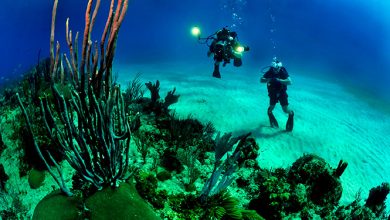De-Clutter Your Closet

Learn a few smart techniques to keep your closet under control
A year ago, when moving into a new apartment, I placed all my clothes on hangers that faced inwards. As I used each item I replaced them on hangers that faced outwards. As the months went by, it was easy to see which items of clothes were not being used, and I’m ashamed to say, a couple of items had never even been worn once!
Halfway through the year and again at the end of the year, I was able to collect a bag of clothes, all in decent condition, to donate to those less fortunate. In addition to making a donation that helps others, I’ve managed to keep my closet tidy, less cluttered and, of course, make way for new purchases.
Here are a few more ways to keep your closet free of clutter:
Pleasure or Purpose
When you look at each item, think about whether it makes you happy or has a useful, functional purpose. If it doesn’t fit either category, it’s probably time to let it go.
Organize by Type and Color
Once you have all of your clothes arranged by type (dresses, skirts, tops, shirts, shorts, etc.) and then by color, you will easily see what types of clothes and colors you have a lot of. Then, when you are shopping, you can ask yourself “Do I really need another pink dress?” It’s OK if sometimes the answer is yes!
Keep, Toss, Maybe
Take all of your clothes out and sort them into three piles: keep, toss and maybe. Then sort through the maybe pile (which may actually be the largest) and make your decision on each item. Good luck!
If you decide to donate your clothes here in Playa you can take them to Segunda Vida. They can donate them directly to a charity, sell them to benefit any number of animal or human charities, or sell them on consignment and give you the proceeds.
For more info see: Facebook/SegundaVidaBoutique
Sara Jones
Spa, Wellness & Lifestyle Expert, Spa Consultant and Founder of Spa & Wellness Mexico magazine www.spawellnessmexico.com







